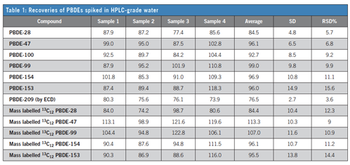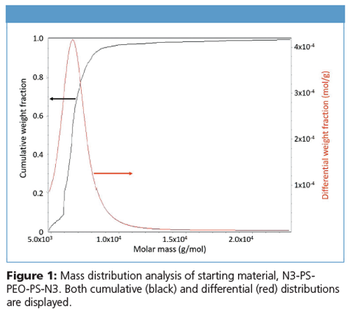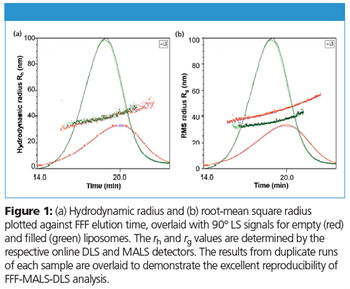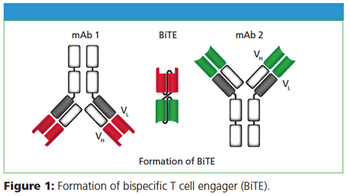
The Application Notebook
Polybrominated diphenyl ethers (PBDEs) are a worldwide contamination problem. Structurally similar to polychlorinated biphenyl (PCBs), these compounds are long-lived in the environment and can bioaccumulate throughout the food chain. The health hazards of these chemicals have attracted increasing scrutiny and, as such, a great deal of research and regulations have been implemented to manage and control them.






